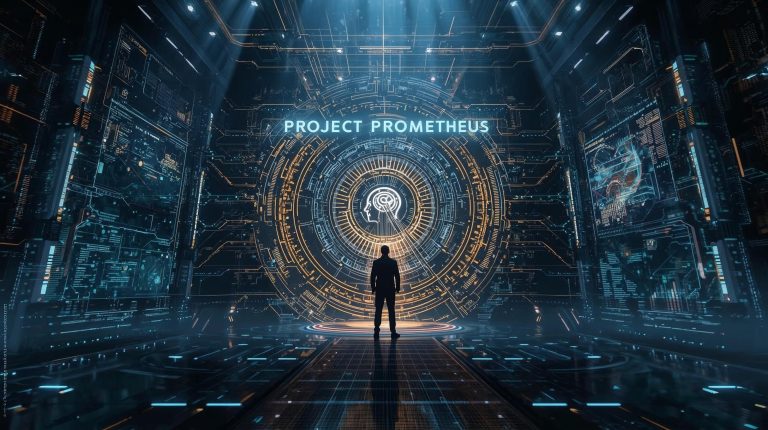
Gemini 3.0 pushes Google’s AI model into a new era of multimodal reasoning, generation, and performance.
Google’s latest AI release, Google Gemini 3, arrives with a bold claim: to reshape how humans collaborate with intelligent systems. What makes it different is not only its record-breaking benchmark scores but also its new coding app that promises to simplify how developers and non-developers alike build software. Gemini 3 is not just another model update; it’s a signal of where AI is heading next.
The Leap from Language to Reasoning
Gemini 3 builds on Google DeepMind’s architecture, blending multimodal understanding with more fluid reasoning across text, code, and image. In simpler terms, it processes information more like a human would, by connecting patterns across different formats rather than treating each as a separate task.
The coding app, showcased as part of the launch, allows users to write, debug, and optimize code using natural language. It blurs the line between programming and problem-solving, turning code generation into a collaborative conversation. Early demonstrations suggest it can handle larger codebases with fewer logical gaps, achieving results that put it ahead of rivals like GPT-4 and Claude 3.
Why It Matters Now
AI-driven development has been moving fast, but it often comes with trade-offs: faster output at the cost of accuracy or creativity. Gemini 3’s breakthrough lies in how it balances those factors.
Google reports record performance in both reasoning and contextual understanding, which means the system is better at sustaining logic across longer interactions, a key limitation of previous large models.
This leap comes at a time when the stakes are high. Tech industries face a shortage of experienced developers, and businesses are racing to deploy AI responsibly.
Google’s release suggests a shift from “AI that answers” to “AI that collaborates”, a subtle but crucial evolution.
Beyond the Benchmarks
Benchmarks can be impressive but can also obscure the human impact. The more interesting story is what this means for people who will use it.
Gemini 3’s coding system lowers entry barriers, giving creators who lack formal technical training a way to build or customize applications. It democratizes a skill that was once confined to those fluent in syntax and logic.
However, the same accessibility raises new risks. As AI handles more of the thinking, developers will need to rethink their roles.
The challenge will be ensuring that human oversight remains central, especially when the machine’s reasoning becomes harder to trace. Transparency and interpretability will need to evolve alongside accuracy.
The Bigger Picture
Gemini 3 also reflects Google’s strategy to integrate AI not as a standalone product but as an ecosystem. From Workspace to Android, its models are being trained for context-aware functionality across platforms.
This unification hints at what the company envisions: not isolated tools, but AI woven into every digital layer we use.
In that sense, Gemini 3’s coding app is more than a developer’s toy. It is a prototype of a larger transition; one where interaction with technology feels conversational, adaptive, and almost symbiotic.
What Happens Next
If Gemini 3 lives up to its promise, it could become the foundation of the next generation of AI-assisted creativity. Developers may spend less time fixing bugs and more time designing ideas. Educators could use it to teach logic without the friction of syntax.
Even consumers may soon find themselves engaging with AI systems that genuinely understand intent rather than merely predict text.
The milestone is not in the benchmark numbers but in how well Gemini 3 turns intelligence into collaboration. AI is no longer just passing tests; it is learning to work with us.














